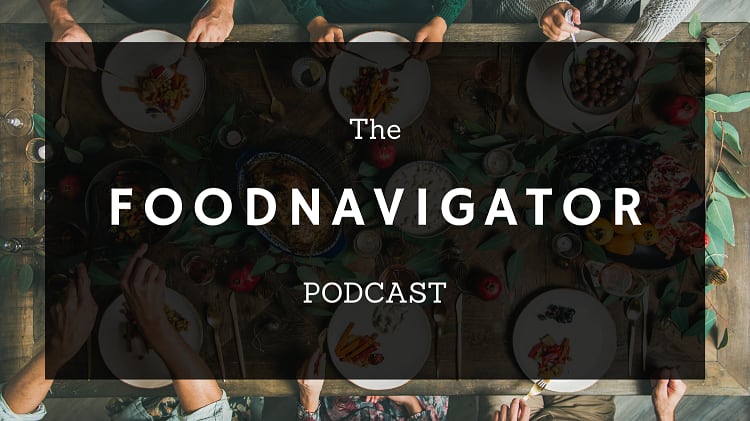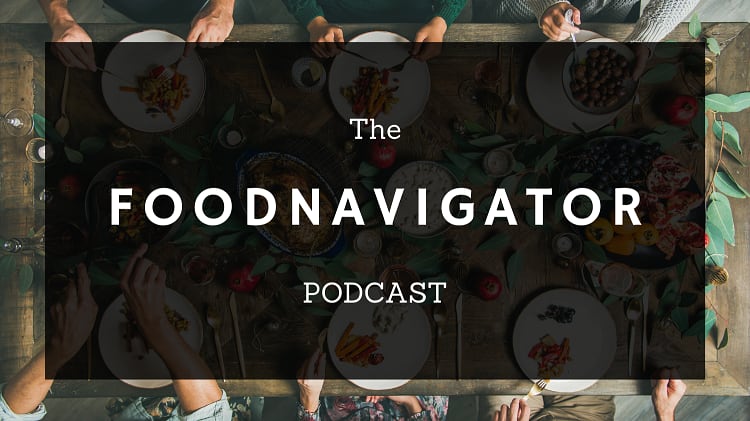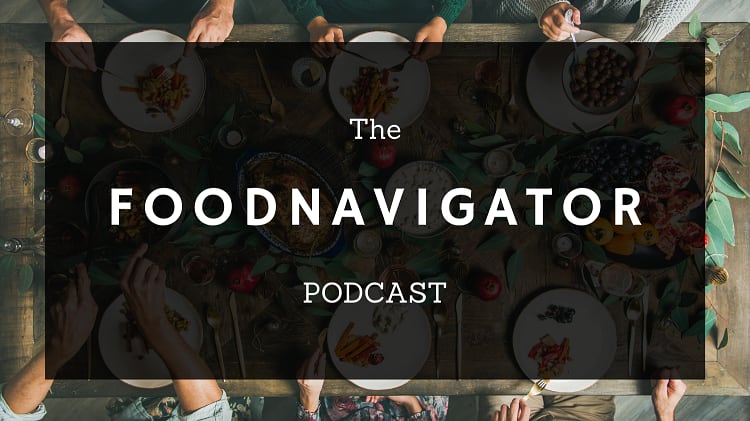Of the estimated 460m tonnes of plastic that is produced annually, 141m tonnes are thought to be attributed to food and beverage packaging. According to the Ellen MacArthur Foundation, just 14% of the plastic packaging used globally is recycled - while 40% ends up in landfill and one-third leaks into the environment.
Can industry innovate its way out of the plastic problem?
Adam Herriot, senior specialist at WRAP – a British NGO advocating for change in the way things are produced, consumed, and disposed of – has already observed important innovations in food and beverage packaging.
One that may appear ‘very simple’, but in fact makes a ‘significant difference’, is removing pigment from milk bottles, he told The FoodNavigator Podcast. “You might have seen on milk bottles, they used to have coloured tops – green and red and blue. Simply just by taking that pigment out, that top will be recycled into new bottles. Whereas before, because it was coloured, it couldn't be recycled back into food packaging – it would get downcycled into something else.”
UK start-up Searo is working on its own innovation to tackle the plastic problem in food and beverage packaging. Founded by Ayça Dündar and Francis Field, Searo is developing organic polymers that look and feel like clear plastic.
When the material is home composted, it biodegrades within weeks. In the ocean, it breaks down even faster and can even be safely ingested by marine life. This is because Searo’s plastic alternative is based on a material found in the sea.
"The materials we make are made from seaweed," explained co-founder and CEO Field. "They're natural polymers, they're biodegradable, they're home compostable, which means that when they're composted, they contribute to increasing soil health."
Searo says it is targeting applications that the material is inherently good at it. That means beverage bottles or microwavable trays are off the table, but flow wrap packaging, punnets and single-use cups are very much on. Because these products are more likely to be used for shorter period of time, the performance requirements can be lower, he explained. On the other hand, they do have to move fast through supply chains and manufacturing equipment.
Another innovator in the field is Loop by TerraCycle, a circular economy business advocating for re-usability. Loop aims to tackle waste at the root cause, which as Loop Global general manager Clemence Schmid explained, means preventing packaging from becoming waste in the first place.
Loop is working with brands’ manufacturers and retailers, with big names such as Nestlé, Unilever, Danone, Carrefour and Tesco, to develop and distribute reusable products.
“The only change we're bringing into this distribution to consumers is the addition of a small refundable deposit which is fully reimbursed to consumers upon the return of the empty package at any Loop collection point, independently from where it's been purchased,” Schmid told The FoodNavigator Podcast.
“And afterwards, we work and coordinate the full reverse logistics – everything from the moment it's been dropped at the loop collection point until the moment it reaches back the manufacturing line to be refilled and sold again to another consumer.” That includes collection, sorting, deposit managing, storing, and cleaning.
The system ‘unleashes’ a huge opportunity, explained the general manager. Because the packaging becomes the manufacturer’s asset, they invest in it. “It brings innovation and incremental value into the market [so] the end consumers will ultimately benefit from having a better experience with their product.”
Tune in to The FoodNavigator podcast to hear WRAP, Searo, and Loop’s insights in full.




